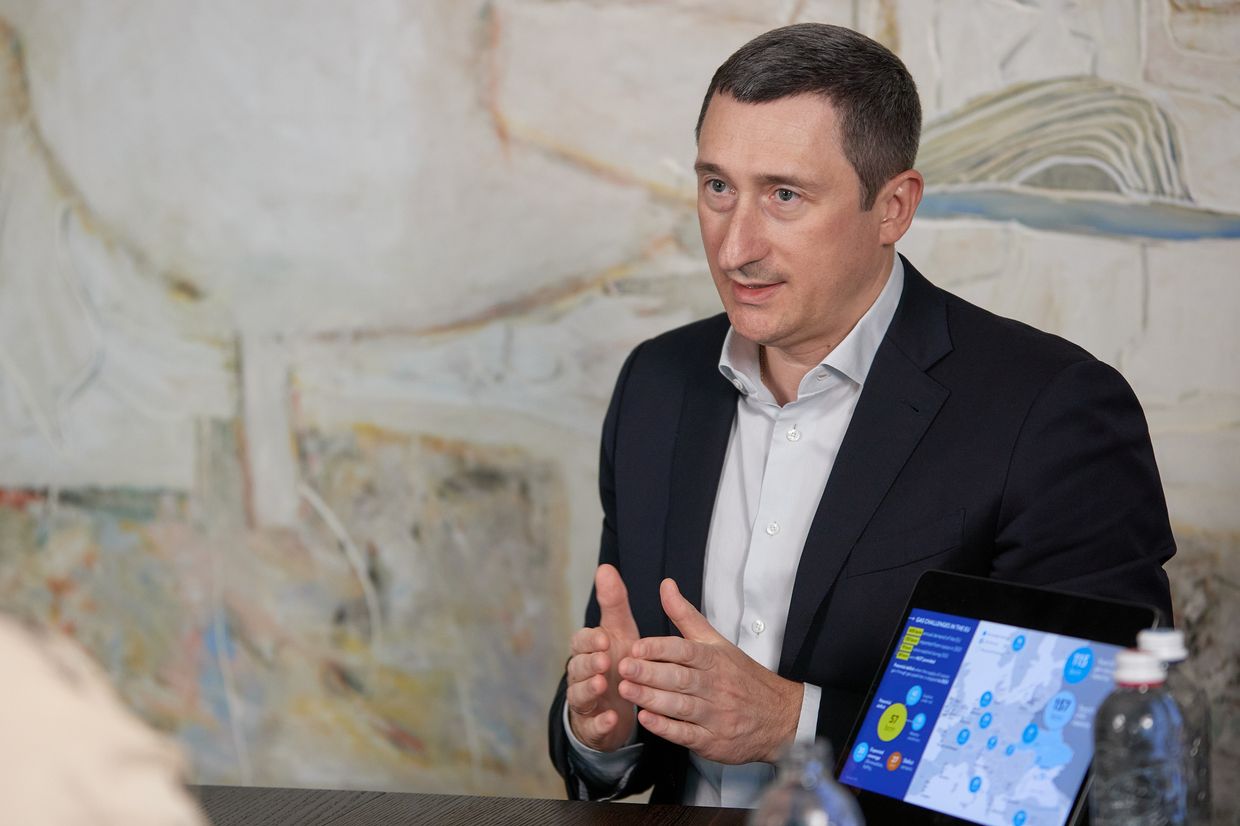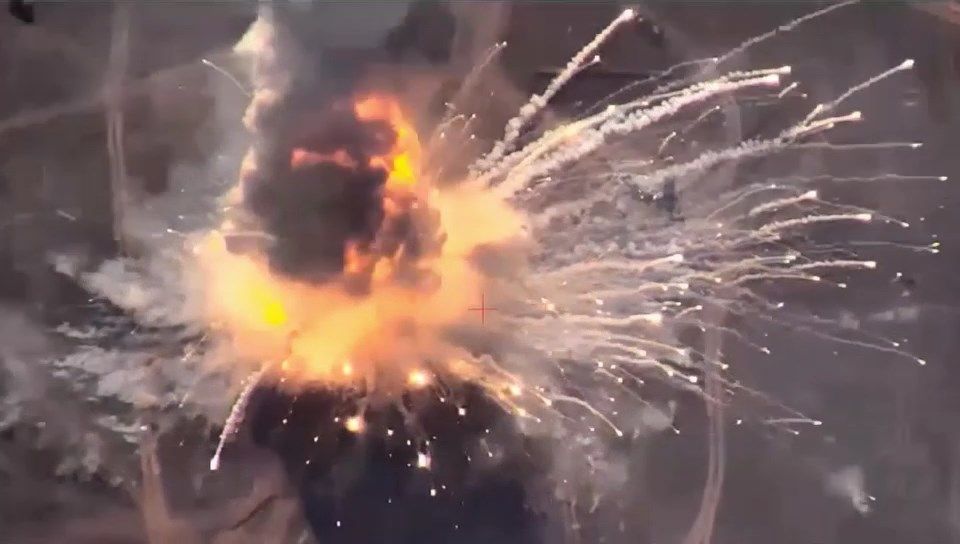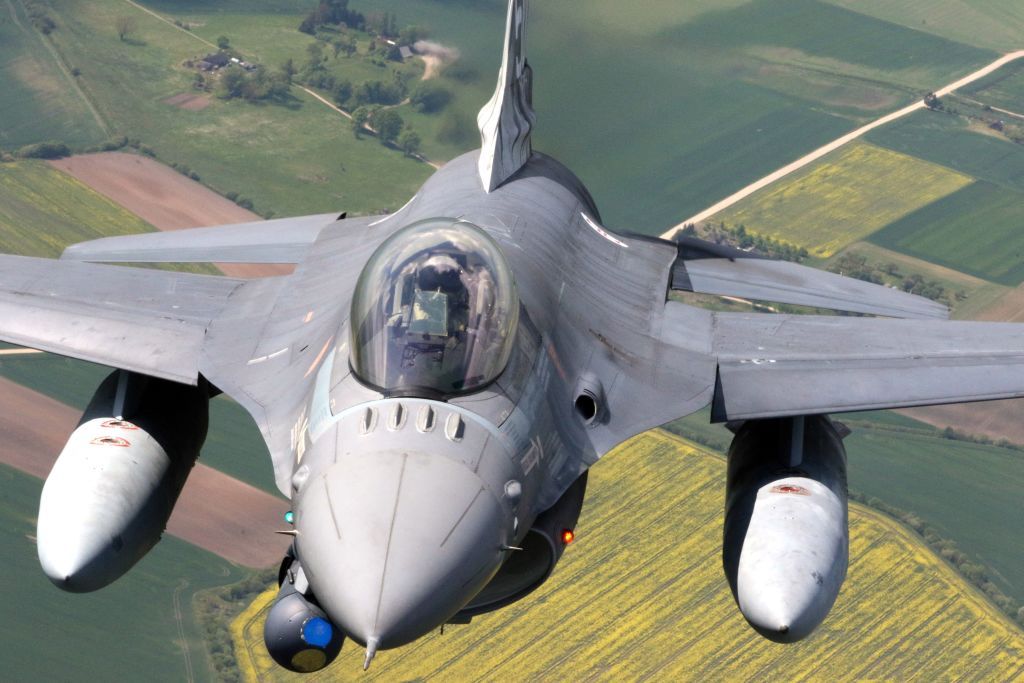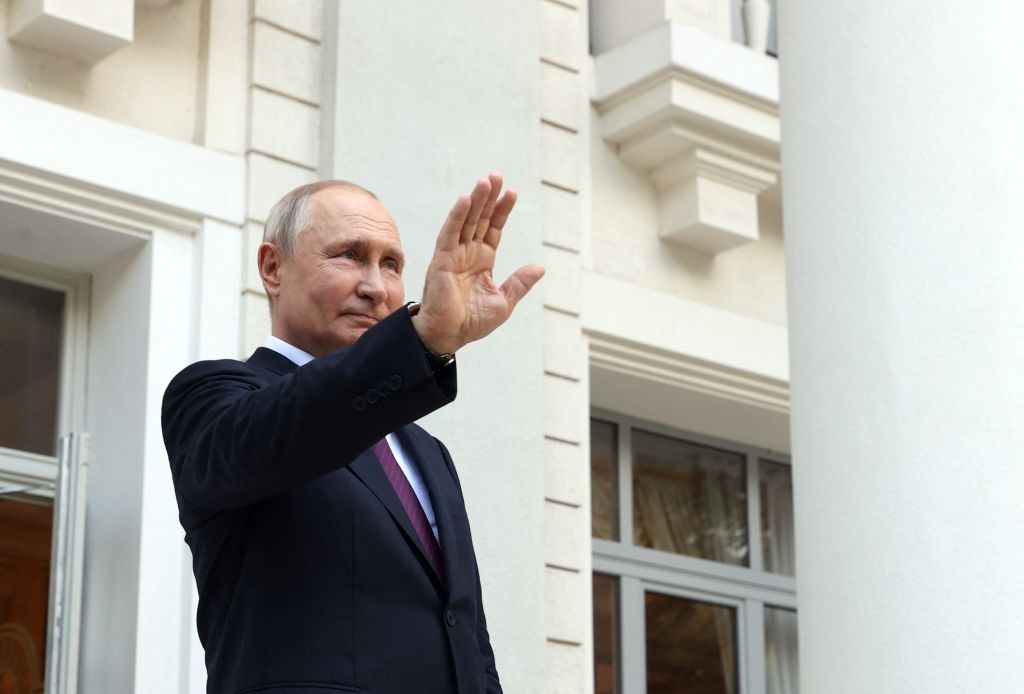Ukraine war latest: Russia launches mass missile attack on energy infrastructure; Ukraine reportedly hits airbase in Crimea

Key developments on Sept. 21:
- Russia launches first mass missile attack on energy infrastructure in six months
- Ukraine reportedly strikes Russian air base in Crimea
- Kyiv receives military aid from Germany, Sweden, funding from U.S.
- U.K. Defense Ministry: Lack of rotations likely one of key factors lowering Russian army’s morale
- ISW: Soldiers claim Russian military command gave instructions to launch "ill-conceived, unsupported" counterattacks
As the cold weather approaches, Russia resumed its attacks on Ukraine's energy infrastructure, launching a massive missile strike overnight on Sept. 21, killing and injuring civilians.
The wave of Russian attacks on Sept. 21 marked the first mass strike on energy infrastructure in six months, state energy operator Ukrenergo reported.
Energy facilities in western and central Ukraine were damaged, causing partial blackouts in Rivne, Zhytomyr, Kyiv, Dnipropetrovsk, and Kharkiv oblasts, according to Ukrenergo.
Russian forces attempted to cripple Ukraine's energy system with massive strikes during the fall of 2022 and winter of 2023, leading to frequent blackouts and a lack of heating across the country. President Volodymyr Zelensky warned in late July that Russia was likely to deploy that strategy again this winter.
Ukrenergo reported on Sept. 21 that 398 settlements had been cut off from the power network, many of them in the front-line areas of Donetsk, Zaporizhzhia, Kharkiv, Kherson, and Sumy oblasts.
Ukraine’s air defenses downed 36 out of the 43 missiles Russian launched, including Kh-101/Kh-555/Kh-55 cruise missiles and S-300 missiles, the Air Force reported on Sept. 21.
Across Ukraine, five people were killed in Kherson and over two dozen were injured as a result of the strikes and falling debris, including 10 people in Kherson, seven in the city of Kyiv, three in Kyiv Oblast, and 11 in Cherkasy Oblast, according to the local authorities.
Strike on Crimea
Ukraine launched an overnight attack on the Saky Air Base in Russian-occupied Crimea, sources in Ukraine's Security Service (SBU) told Ukrainian state news agency Ukrinform on Sept. 21.
The operation reportedly first used drones to exhaust Russian air defense systems, following with Ukrainian-made Neptune missiles.
The attack, allegedly carried out by the SBU and Ukraine’s Navy, seriously damaged Russian equipment at the base, Ukrainska Pravda media outlet reported, citing an SBU source.
The SBU said that over a dozen aircraft are stationed at the base, including Su-24 supersonic bombers and Su-30 fighter planes and a S-400 Pantsir missile system, worth $1.2 billion. One of the S-400 missile systems was hit by Neptune on Sept. 14.
The base is also home to a Russian military training center for operating Iranian-made Mohajer drones, the SBU said.
In the early morning hours, the Russian Defense Ministry announced that Crimea had been hit by a large-scale drone attack and claimed to have shot down over 19 drones. Saky was named as one of the locations where explosions were heard.
Saky is in the western part of the Crimean peninsula, around 50 kilometers north of Sevastopol.
In recent months, there were several high-profile strikes on Russian forces in the area, including one on Sept. 13 using marine drones and missiles that damaged landing craft, a submarine, and port infrastructure in Sevastopol.
Aid to Ukraine
Sweden has sent Ukraine 10 Stridsvagn 122 battle tanks, similar to the German Leopard 2A5 tank, the Swedish military announced on Sept. 21.
The Swedish military said the tanks were delivered to Ukraine some time ago, without specifying the exact date. The tanks are manned by Ukrainian troops that were trained in Sweden.
"We have given them all that we can in terms of great material and good knowledge," Operations Commander of Sweden's Army Staff Mats Ludvig said. "We wish them all the luck in the world and that they succeed in freeing their country."
Before this donation, the Swedish military fielded 120 Stridsvagn 122 tanks it had in its arsenal, meaning that almost a tenth have been donated to bolster Kyiv's fight against Russian aggression.
Several other countries have provided Ukraine with Leopard 2 tanks, including Germany, Poland, Spain, Portugal, Canada, and Denmark.
Meanwhile, Ukraine received a grant of $1.25 billion from the U.S. through the Multi-Donor Trust Fund of the World Bank, the Finance Ministry reported on Sept. 21.
The grant is part of the fifth additional package provided under the program called Public Expenditures of Administrative Capacity Endurance (PEACE) in Ukraine, designed to support the country's social and humanitarian expenditures.
The PEACE project in Ukraine was established in June 2022 to help the country support around 13 million beneficiaries, including 10 million pensioners, 500,000 education employees, 145,000 government employees, 56,000 emergency workers, and over three million social assistance beneficiaries and internally displaced people, according to the World Bank.
In particular, the recent aid will be used to cover pension payments and the salaries of medics, emergency workers, civil servants, and teaching staff.
According to the ministry, Ukraine received $9.7 billion in direct budget support from the U.S. in 2023. Since the start of the full-scale war in February last year, Washington has reportedly supplied Kyiv with $21.7 billion in grant funding.
Russian morale
The U.K. Defense Ministry said in its intelligence update on Sept. 21 that the absence of regular rotations of the Russian units on combat duty is “highly likely" one of the key aspects contributing to the low morale and inability to carry out advanced training since the full-scale invasion of Ukraine was unleashed in late February last year.
“The lack of such training is highly likely contributing to Russia’s difficulties in conducting successful complex offensive operations,” the ministry said on X, formerly known as Twitter.
Sept. 21 marks the anniversary of Russian dictator Vladimir Putin’s announcement of “partial mobilization” for Russia’s war against Ukraine. According to Russian officials, 300,000 people were called up during this campaign.
The mobilization campaign in Russia has proven to be deeply unpopular among Russians. The Kremlin's ongoing campaign along ethnic lines has further sown social division and unrest.
Meanwhile, the Institute for the Study of War, a D.C.-based think-tank, said in its latest report that Russian soldiers claimed that they abandoned their military equipment in the Klishchiivka area southwest of Bakhmut in Donetsk Oblast after receiving orders from Russian military command to form an assault group and attack in this axis.
The Russian troops claimed their command was deploying various types of servicemen to the front lines without giving them access to enough artillery shells following multiple attacks on Russian ammunition depots.
After receiving reports that Ukrainian troops had nearly eliminated a fleeing assault group in the area and most of an unnamed Russian regiment, Russian soldiers claimed the unit was experiencing low morale, the ISW reported.
The Russian military command had directed soldiers to retake Andriivka southwest of Bakhmut and the area around it without planning and reconnaissance, according to a Russian military blogger.
The Russian military command's efforts to retake lost areas are probably delaying Russian forces from establishing new defensive positions on Bakhmut's southern flank. The blogger also suggested that Russian fortifications on the nearby heights in the Andriivka area had failed, according to the report.
Ukrainian forces liberated Andriivka in Donetsk Oblast on Sept. 15, and the military reported late on Sept. 17 that it had liberated the village of Klishchiivka in Donetsk Oblast, marking the latest success in a more than three-month counteroffensive on the Bakhmut axis.
Both Klishchiivka and Andriivka have been severely damaged by months of heavy fighting.
















